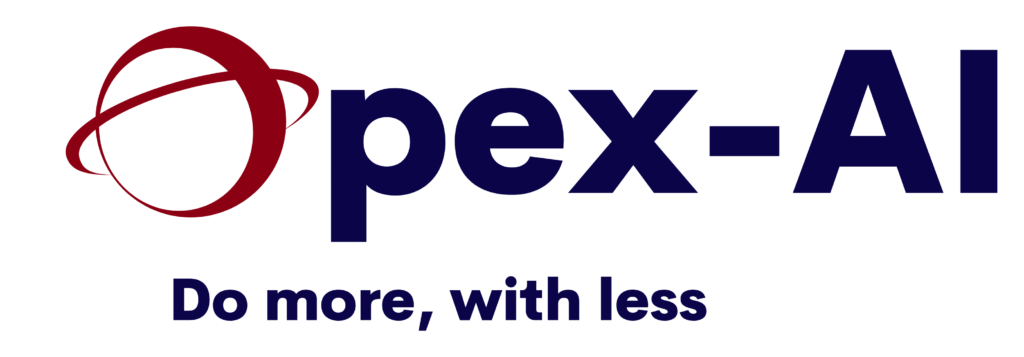Reinforcement Learning (RL) is a type of machine learning where a computer program, referred to as an “agent,” learns to make decisions by trying different actions and experiencing the results of those actions. It’s much like teaching a child to ride a bike: the child (agent) tries different techniques (actions), and based on whether they fall off (negative feedback) or successfully pedal further (positive feedback), they learn how best to ride the bike (make decisions).
In the context of business, you can think of RL as a strategy for optimizing decision-making. For example, an RL algorithm could be used to manage inventory in a retail business. The algorithm tries out different strategies for stocking products, learns from sales data (the feedback), and gradually gets better at predicting the optimal amount of stock to hold, maximizing sales while minimizing unsold inventory.
This approach is powerful because it allows the algorithm to learn from direct interaction with the environment (e.g., the market or a simulation), adapting its strategies over time based on outcomes. It’s a way of automating decision-making processes, making them more efficient and effective by continually refining them through trial and error and feedback, much like a business leader learns and adapts their strategies over time to navigate the complexities of the market.
Contact us, to know how you can use it!
